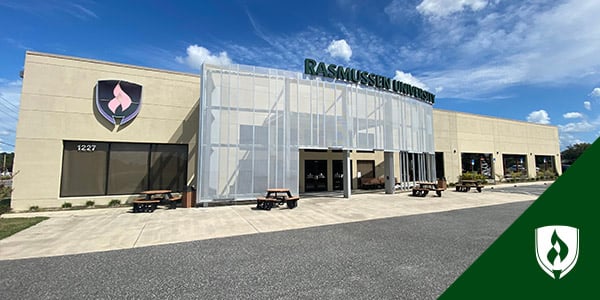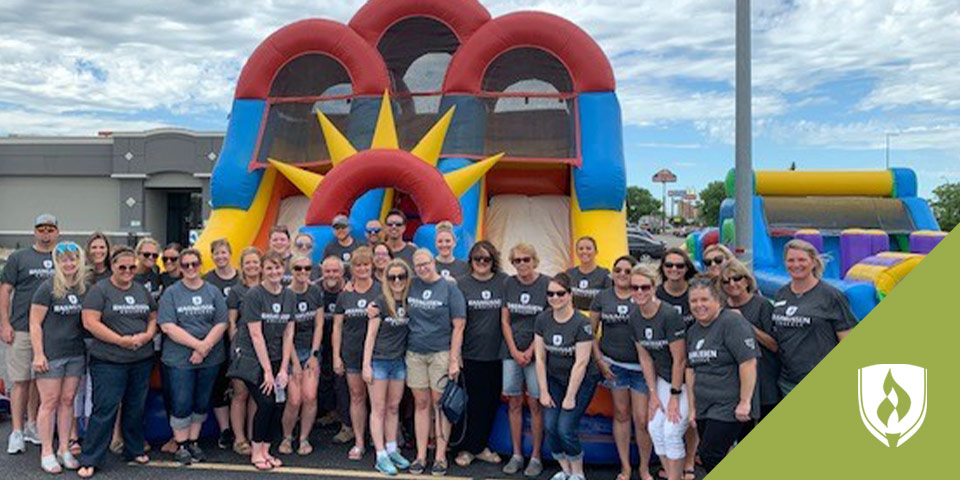
Law enforcement and nursing students, along with community members and police officers, learned about autism, a neurobiological disorder, and how law enforcement officers can better handle situations when communicating with individuals with this disorder. Those with the disorder process information differently. For example, some people think in images and colors instead of words, and similar to learning a foreign language, there’s a period of time where the individual in translating what is being said and it takes time for them to respond to questions. Additionally, room noise and lighting can often be overwhelming to an individual with autism.
Green Bay Police Chief Tom Molitor explained during a spring 2014 advisory board meeting with School of Justice Studies departments from all three Wisconsin campuses that there was a huge need in his department for training in communicating with autistic citizens. Law enforcement officers need to learn how to interact with autistic individuals—whether they’re children or adults.
The six-person panel was made up of the president of the Autism Society of Northeastern Wisconsin (ASNEW), a Green Bay police officer who is trained as a Community Crisis Intervention Team member, a local public school police liaison officer, parents of children with autism, an autism specialist for Green Bay Public Schools and an autism therapy provider.
Panelists told attendees that police liaison officers sometimes have difficulty with identifying students with autism due to privacy issues and laws. School officers said they would love to have more information about students with autism and are willing to have informal or formal meeting with parents and students with autism.
Currently, this is how autism is responded to in the law enforcement community:
- Sometimes autistic individuals go to crisis intervention instead of jail
- Their charge is usually referred to the district attorney and the justice system does their best to determine an appropriate consequence
- The goal or objective is to get the adult/teen/child home with the least amount of negative intervention
“It was a tremendous turnout … we even had an instructor from NWTS, a technical college in the area, cancel one of their classes to bring them to the training,” said Shauna Froelich, a Rasmussen College School of Justice Studies program coordinator. “My favorite part was seeing the collaboration between our law enforcement and health sciences students, and having police officers and different community members come together and grow in their learning of what is autism and how it affects front line responders.”
Every spring and fall the School of Justice Studies departments on all three Wisconsin campuses have advisory board meetings, which include chiefs of police from the communities. They learn what the trends are in the communities, and if there are any hot topics or needs in training local police chiefs have. The college responds to law enforcement’s needs and tries to make trainings open to officers, as well as the public and students.
Check out our Justices Studies Blog for more information on the criminal justice system and field.






